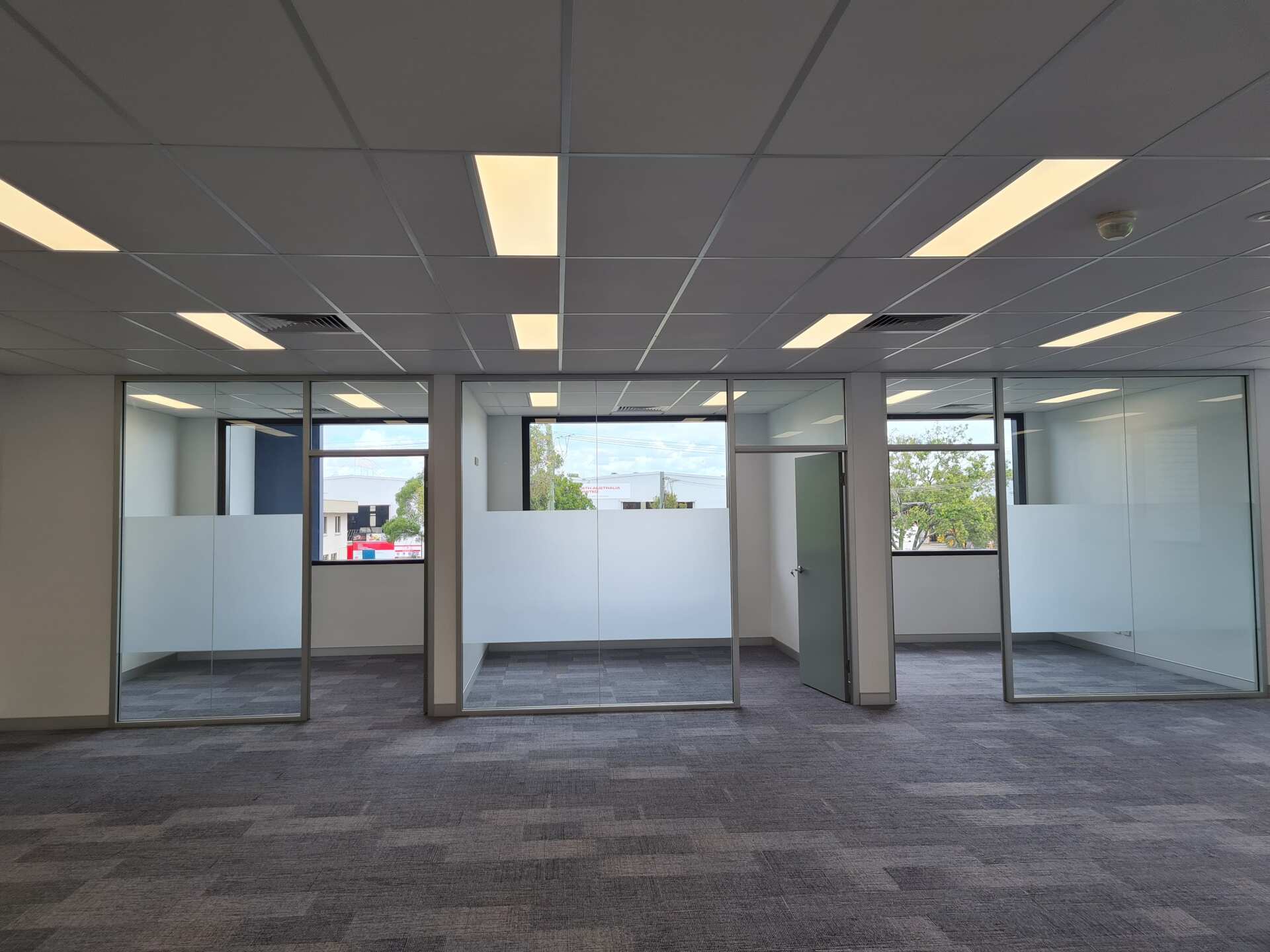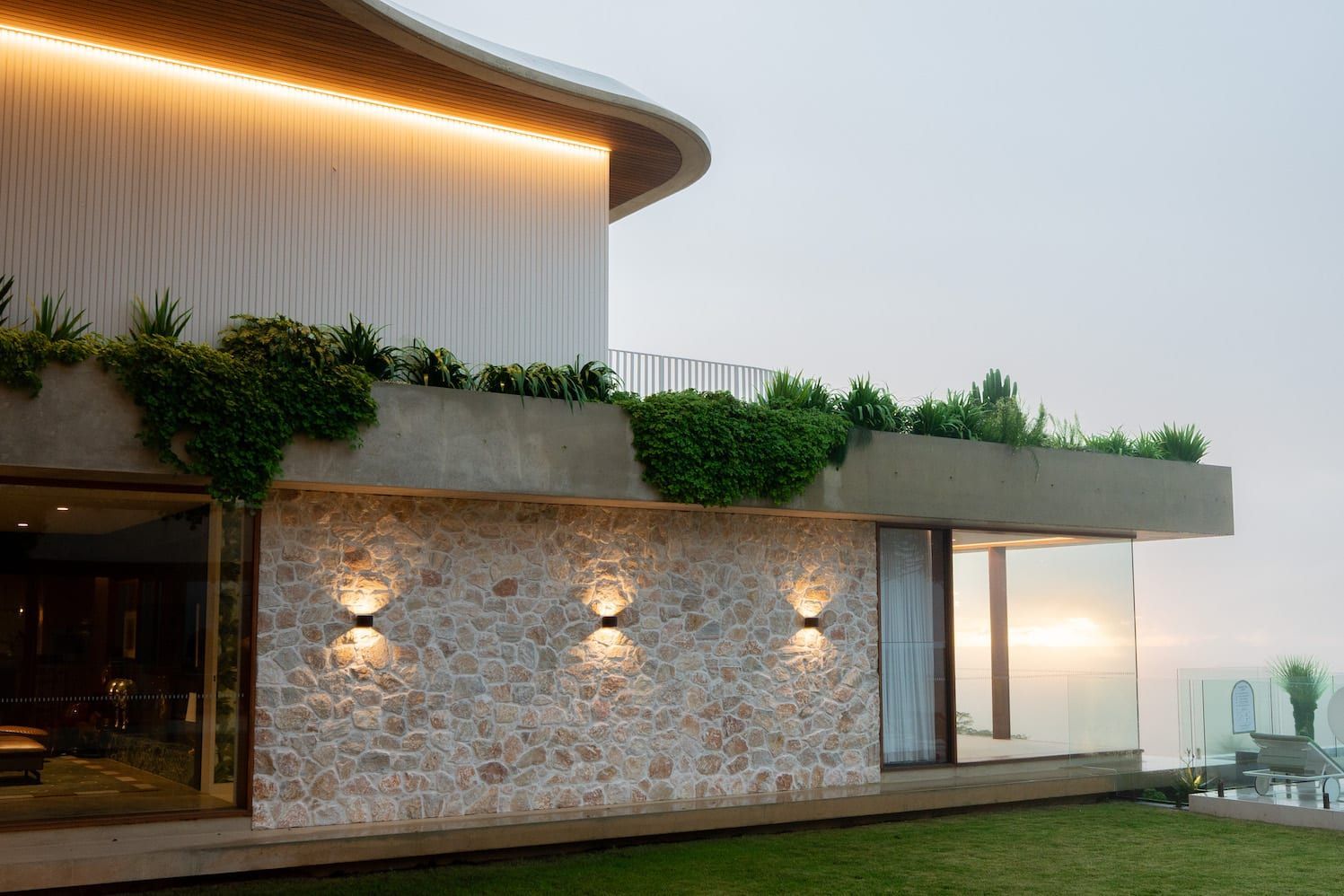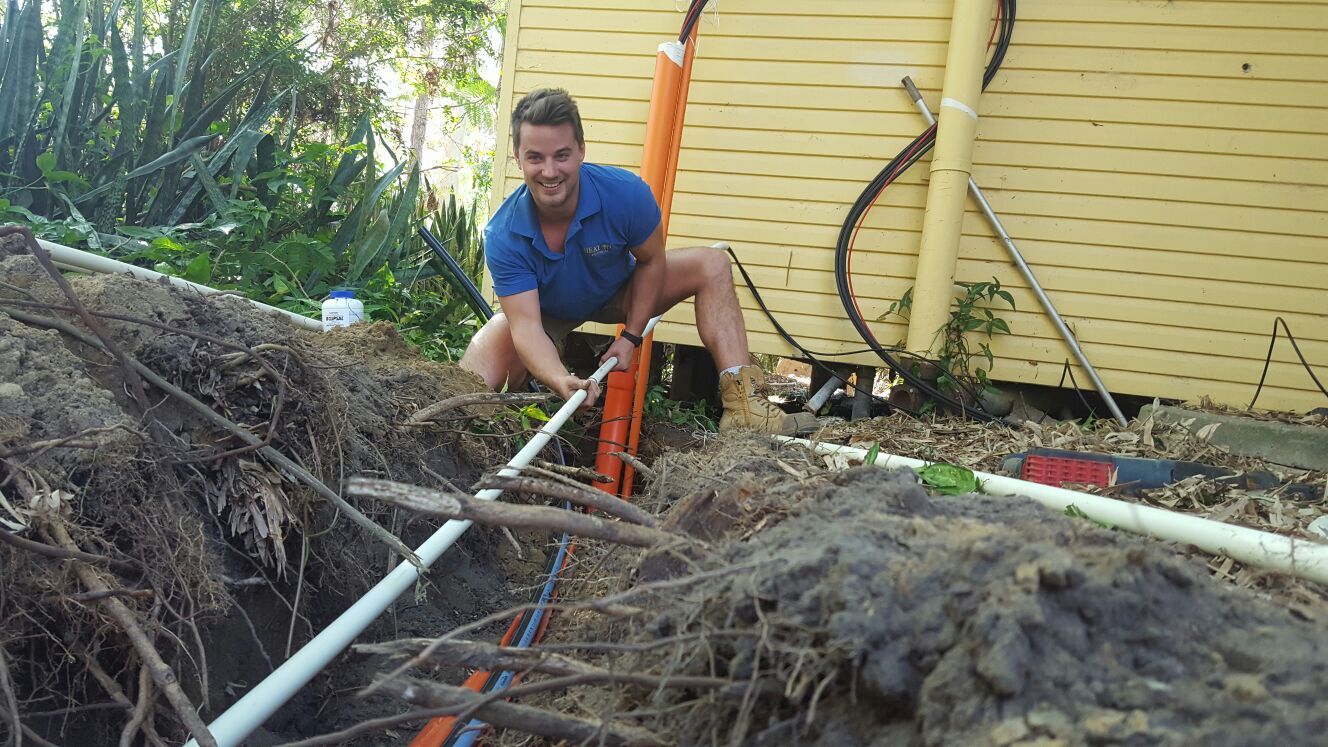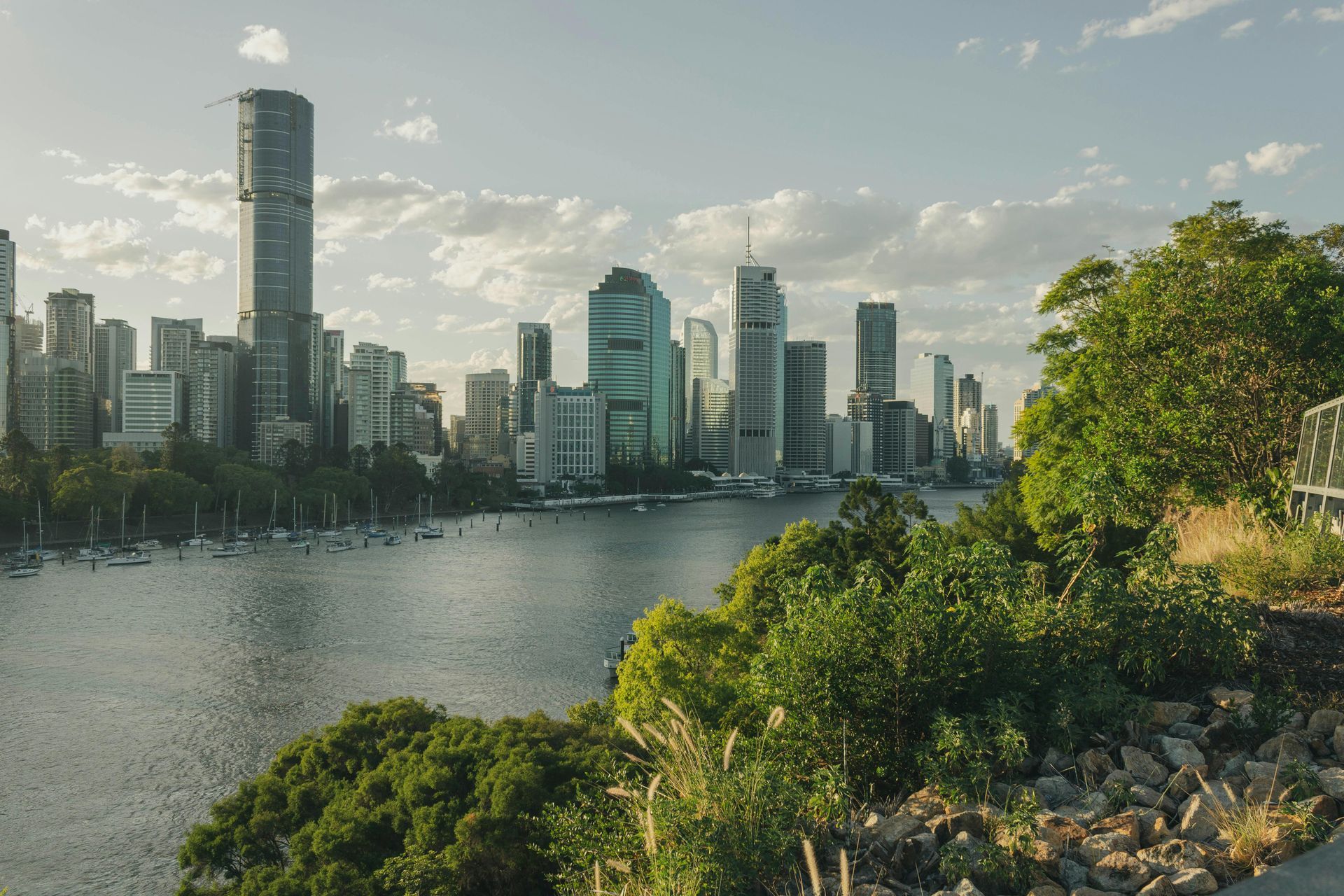
Every commercial construction project comes with a unique set of challenges.
From the moment the first plan is drawn, things can shift without warning. Timelines stretch, costs rise, communication breaks down and mistakes get made. When issues aren’t picked up early, they can spiral into larger problems that affect everything from worker safety to final handover. That’s why identifying and managing these problems before they snowball is key.
It doesn’t matter if it’s a brand-new office complex or an upgrade to a manufacturing plant, the same types of issues tend to pop up across jobs big and small. Knowing what to look out for helps you avoid the usual setbacks. Better yet, it helps you keep your projects running smoothly, on time and as close to budget as possible. Here’s a look at five common problems and what can be done to stay ahead of them.
Poor Project Planning
Planning is what lays the groundwork for a successful build. When it’s done well, things flow more smoothly. When it’s rushed or vague, delays creep in fast. Without a solid plan, even the best crew or highest-end materials won’t be enough to keep things on track.
Poor planning often shows up through surprises that could’ve been avoided with a little more upfront coordination. That might be a delay in permit approvals, missing trades on the day they’re needed, or budget blowouts caused by last-minute design changes. A lack of detailed timelines or unclear task ownership can also send everyone in different directions.
Ways to improve project planning:
1. Start early with detailed schedules that factor in approvals, deliveries and backups for weather delays
2. Align with architects, engineers and subcontractors before breaking ground so everyone’s clear on timing and scope
3. Lock in budgets with some buffer for unexpected issues and price changes
4. Create a shared workspace or project management tool so updates and documents are easy to find
Take the example of a commercial fit-out that ran late because air conditioning ductwork designs didn’t match the ceiling layout. If the design clash had been picked up in early coordination checks, it could’ve been sorted long before plasterboard was installed. Instead, the builder had to rip out newly finished surfaces to reroute everything, adding extra labour and costs.
Planning takes time up front, but it pays off every step of the way. It’s one of the easiest ways to prevent avoidable headaches.
Inadequate Communication
Big builds usually involve a long list of people: builders, trades, project managers and external inspectors, not to mention landlords or tenants. If they’re not all on the same page, cracks in communication can lead to major hiccups.
When someone fails to pass on updated plans or key instructions are misheard on-site, the results are more than just annoying. They can turn into costly do-overs or legal disputes. It’s easy for things to fall through the cracks when communication isn’t structured, especially on larger projects where crews change daily and site conditions evolve quickly.
Here are a few ways solid communication can be built into everyday processes:
1. Schedule regular site meetings and toolbox talks
2. Use digital tracking systems to record changes and approvals
3. Create visual updates like photos or drawings to show progress clearly
4. Keep messages simple, clear and documented when possible
5. Appoint a go-to person who filters information between teams
Clear communication doesn’t have to mean dozens of long meetings. Even a quick daily debrief between trades and the site supervisor can save hours later. It also helps keep safety protocols intact and expectations realistic as timelines shift. When everyone knows what’s coming and has a chance to flag concerns early, things run far more smoothly.
Safety Compliance Issue
Construction sites are full of things that can go wrong if safety isn’t kept front of mind. In commercial builds, where lots of trades are working across different areas at once, it’s easy for safety processes to slip without meaning to. One missed step or unchecked hazard can put workers at risk and halt work altogether.
Common safety problems include missing signage, expired licences, non-compliant electrical setups or incorrect use of equipment. When businesses push ahead to meet deadlines without checking compliance, they open themselves up to more than just physical risk. Projects can face unexpected inspections, shutdowns or contract breaches.
Keeping safety on track isn’t complicated. It just needs to stay consistent. Here’s what helps:
1. Run induction and refresher training for new and returning workers
2. Make sure PPE is available on-site and actually used
3. Maintain clear signage and physical barriers around dangerous areas
4. Keep emergency plans and first aid supplies visible and up to date
5. Regularly inspect switchboards, temporary power setups and site lighting
Think about something as basic as testing and tagging power tools. It’s a pretty standard task, but if it’s skipped and something goes wrong, the fallout can be serious. Planning time into the schedule for safety checks, and making someone responsible for them, helps keep it under control. It’s also a good habit for keeping everyone accountable.
Material Shortages And Delays
Material hold-ups can throw a project timeline out faster than almost anything else. When materials arrive late or aren’t available at all, everything downstream grinds to a stop. It’s frustrating, especially when trades are on standby and hire equipment is clocking up extra fees.
Shortages might be caused by supplier issues, transport delays or even design decisions that rely on uncommon materials. The more niche the item, the more at risk it is of being delayed. That’s why forward planning and backup options are your best bet.
Here are some ways to stay one step ahead:
1. Order long-lead items early and confirm availability in writing
2. Work with suppliers who give ETA updates and real-time tracking
3. Choose materials that have alternatives in case problems pop up
4. Store fast-moving stock on-site or nearby when space allows
5. Keep a buffer in delivery timelines to protect against knock-ons
For example, one project ran into big delays because the tiles chosen in the design phase turned out to be from overseas and held at port for weeks. By the time the order arrived and was ready for install, the waterproofers had already moved on to another job, creating a domino effect of rebookings and lost time.
Material management isn’t always fully in your control, but what you can manage is how early you act. Leaving time for error is always a smarter option than scrambling at the last minute.
Quality Control Problems
Even when timing and budgets are under control, quality issues can ruin a project’s outcome. Whether it’s rushed finishes, skipped inspections or improper installations of systems like HVAC or lighting, poor workmanship has a lasting impact.
These mistakes often happen when supervisors are stretched too thin or when installers aren’t properly briefed. Sometimes it comes down to pressure to finish fast, so jobs are signed off without enough checking. But fixing quality problems after handover is expensive and time-consuming. Worse, it drags reputations down.
To keep the standard high throughout a project, put these practices in place:
1. Schedule quality checks during each major stage of construction
2. Document progress with photos to keep records and highlight issues early
3. Sign off on key works like cabling, plumbing and fire systems before covering them
4. Always test systems like lights, power points and air conditioning before handover
5. Make sure warranties and compliance certificates are collected and stored properly
One builder discovered after handover that emergency lighting hadn’t been connected to the backup power supply. It was missed because no one tested the full system before final sign-off. Fixing the issue meant re-entering a finished site with limited access, creating extra cost and client frustration.
Quality control doesn’t slow a build down when it’s baked into the process. It actually makes things run smoother in the long run by preventing rework and building trust between all parties.
The Big Picture Matters
Commercial construction is rarely simple. There are a lot of moving parts and plenty of ways things can go off track. But with the right mix of planning, communication, quality checks and logistic smarts, the worst problems can be kept at bay.
No build can avoid every bump, but most of the common issues can be stopped from growing into bigger dramas by acting early and staying consistent. Whether it’s coordinating trades, sticking to safety protocols or planning materials well ahead of time, it all adds up to less stress and better outcomes.
If your project relies on solid commercial and industrial building maintenance to stay on point, working with reliable and safety-focused professionals makes a real difference. Getting the job done right isn’t about luck. It’s about having the right team, right systems and right approach from day one.
Ready to prevent your next commercial construction project from running into unnecessary delays and compliance issues? Discover how commercial electrical services provided by Heat On Electrical can ensure everything runs smoothly and efficiently.
Don't leave your project's success to chance; partner with experts who prioritize precision, safety, and top-tier project management from day one. Let us assist you in achieving seamless operations with our dependable services tailored to your unique needs.











